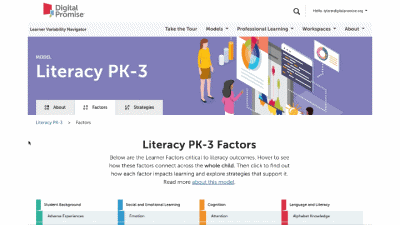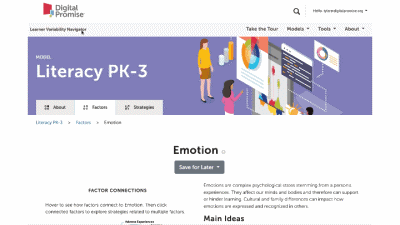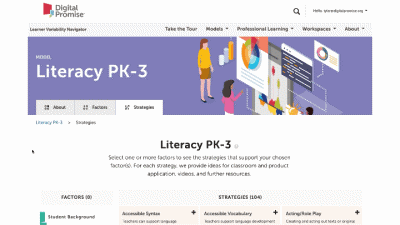Acting/Role Play
Overview
Physically acting out a text or enacting major themes from texts enhances reading comprehension, particularly as texts become more complex. As learners progress into disciplinary specific texts, it can be helpful to create role play activities where they must comprehend, recall, and carefully reflect on how to represent the characters, concepts, and events from a text.
Example: Use This Strategy In in the Classroom
Design It into Your Product
Factors Supported by this Strategy
More Active Learning Strategies
For adolescent learners, the Composition process can become more robust, as learners begin to express ideas through multiple media, which includes visual, audio, and digital production.
When students express information visually, they are activating more cognitive processes while problem solving and increasing their experience with alternate texts.
When preparing for and debating with peers, students analyze, form, and express verbal arguments, fostering their critical thinking and literacy skills.
During reading, giving students the opportunity to explain their thinking process aloud allows them to recognize the strategies they use, solidify their comprehension, and move knowledge into their Long-term Memory.
Visiting places connected to classroom learning provides opportunities to deepen understanding through firsthand experiences.
Games help students practice their literacy skills in a fun, applied context.
When students write from a non-dominant or marginalized perspective, they consider and give voice to points of view that are often missing.
Project-based learning (PBL) actively engages learners in authentic tasks designed to create products that answer a given question or solve a problem.
Response devices boost engagement by encouraging all students to answer every question.








